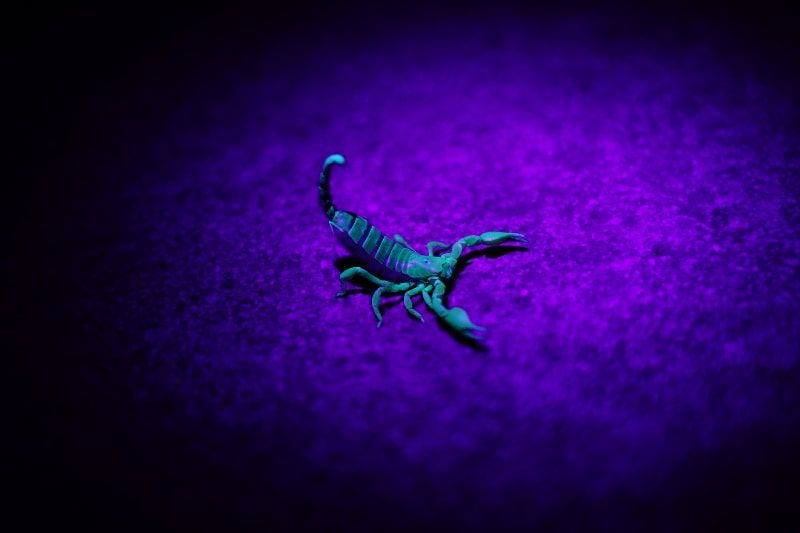The World of Poisons and Antivenoms in Mexico
An overview of the poisons (particularly those of animal origin), the poisonous fauna with medical importance in Mexico, and the current panorama of antivenom production in Mexico are provided in this article.





